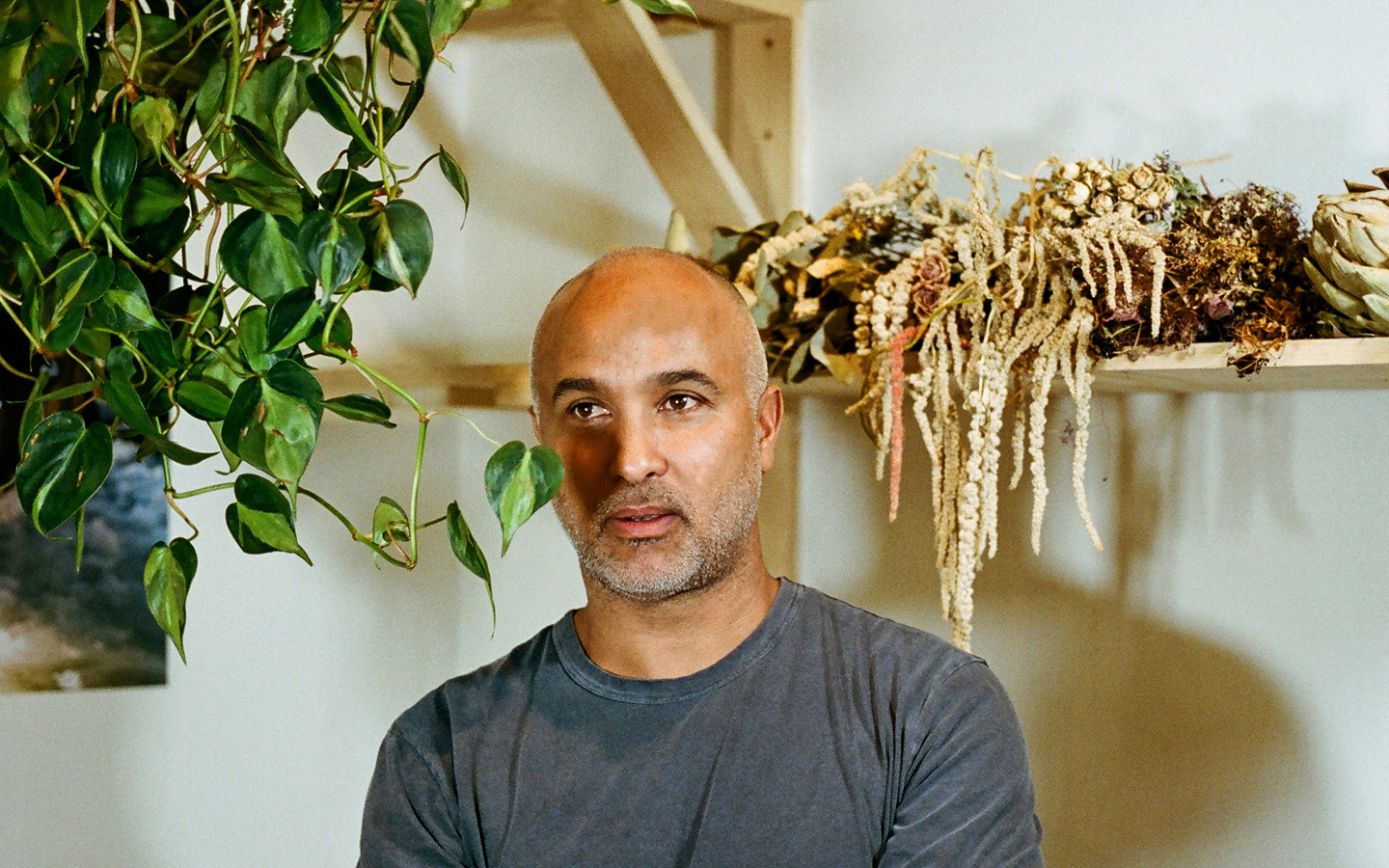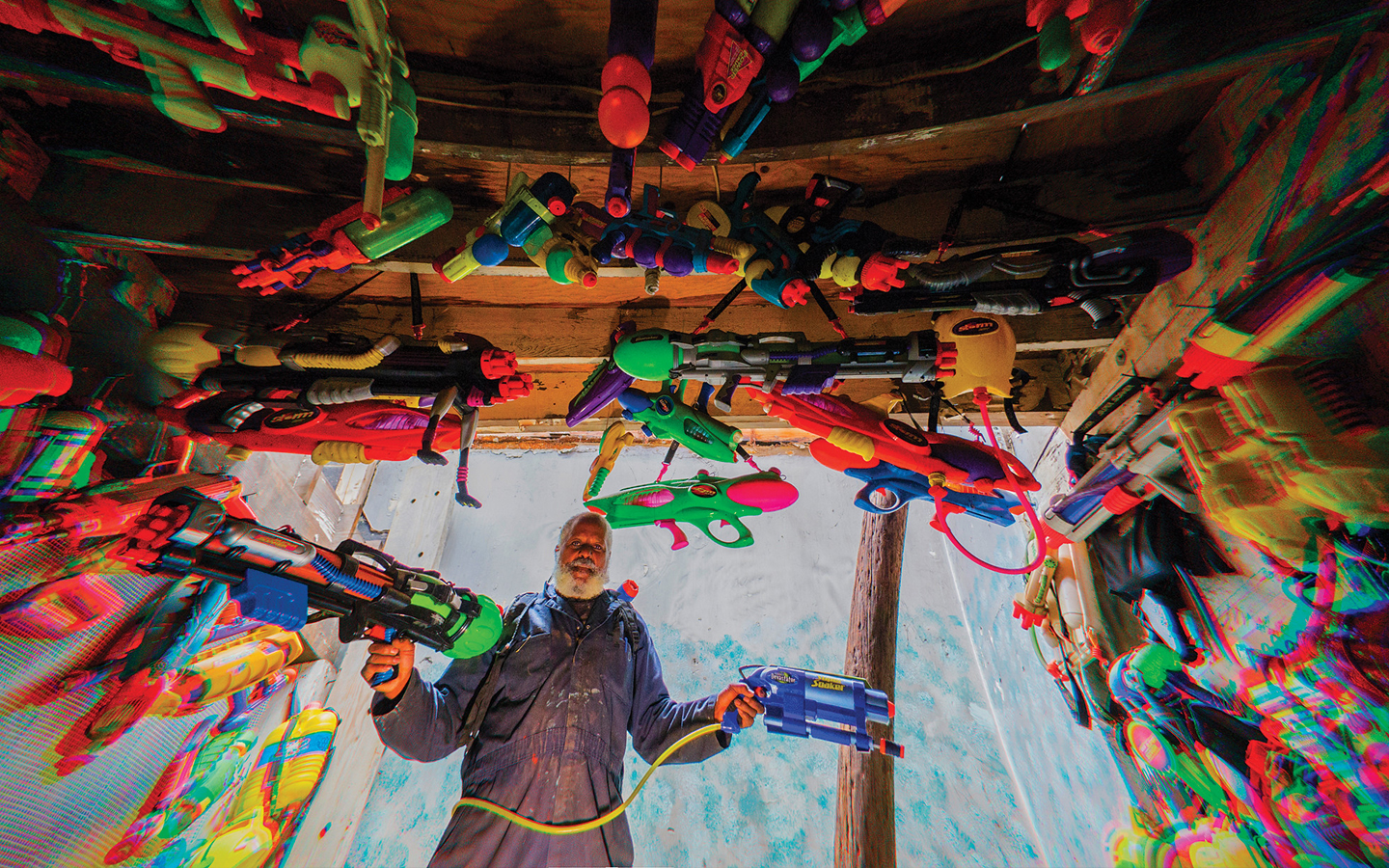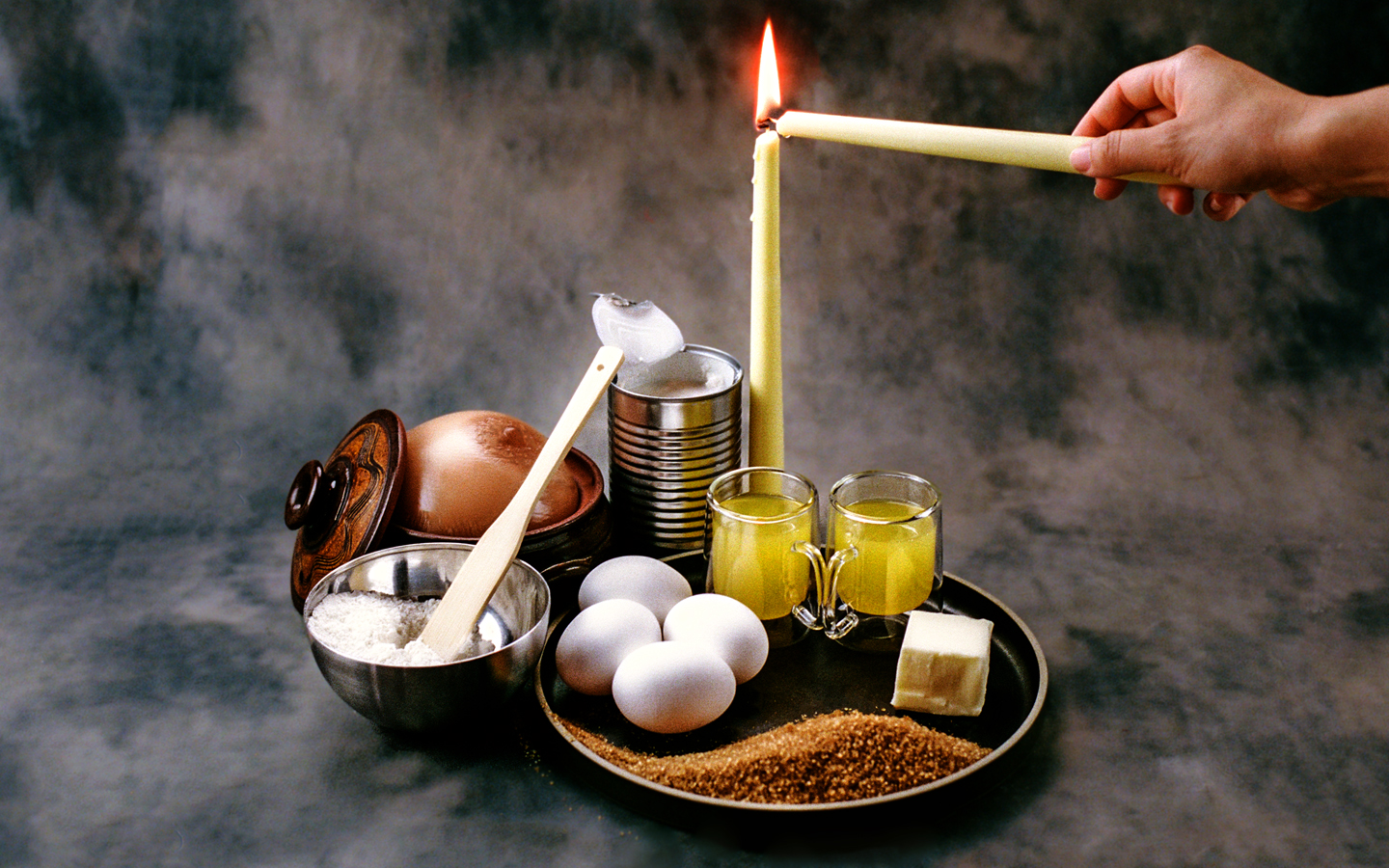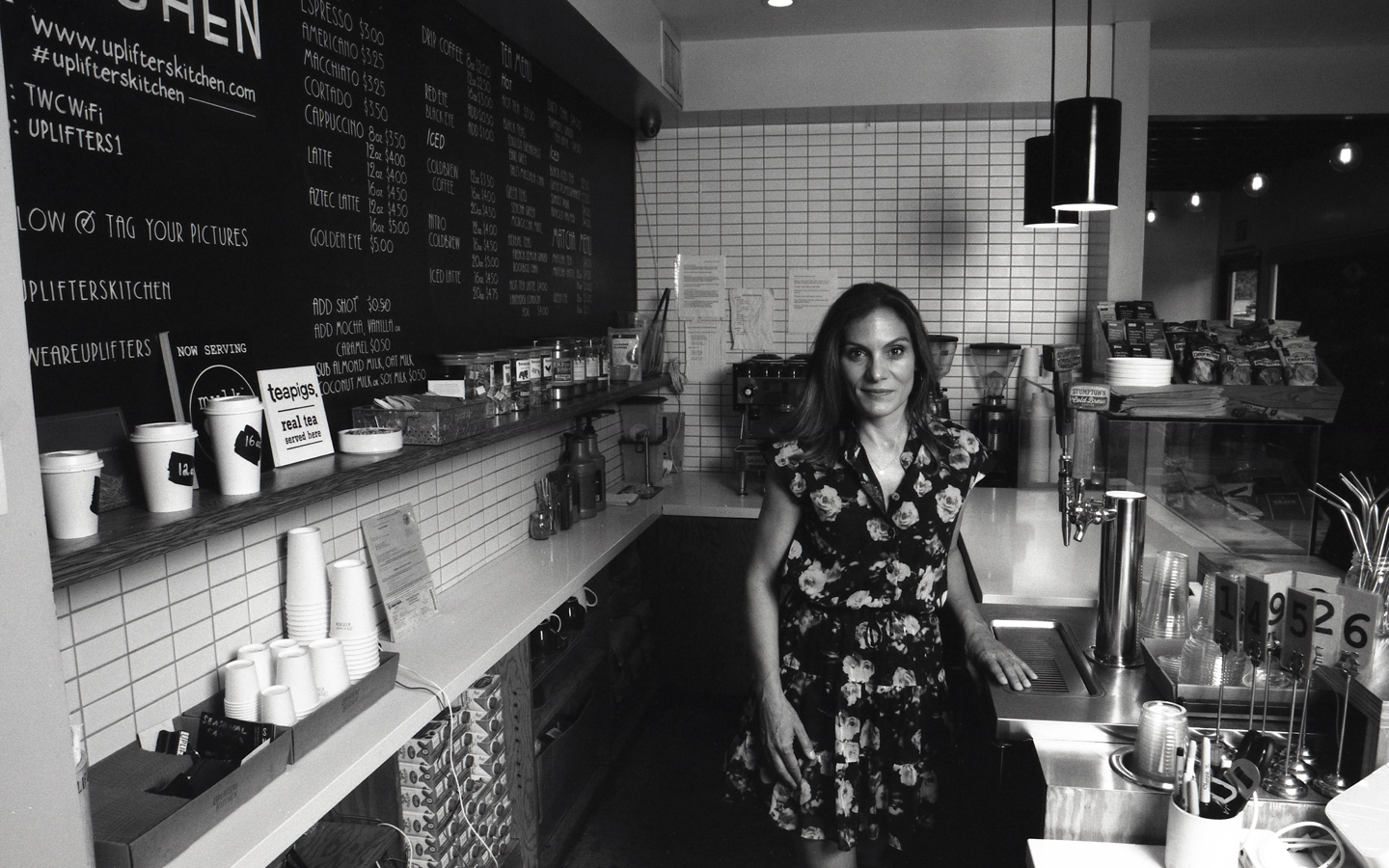
Sean Knibb of Flowerboy Project
TEXT VERONICA AN
VISUAL ASHLEY GUO
Among the garden-variety coffee shops, Flowerboy Project stands out.
Located on Lincoln Boulevard in Venice, this space provides “a room of one’s own” for roving creatives. In a notoriously high-rent city like Los Angeles, finding the space—the physical space—to be creative can be a challenge. Enter a bevy of high-priced cafés with smaller tables and even smaller espressos.
Unlike other creative coffee concepts, Flowerboy is the kind of place that instantly feels like home. From the casual conversations between baristas familiar with their customers to the ever-changing displays of art items for sale, this backdrop provides the harmony and inspiration needed to tap into your creative mindset and get shit done.
The menu has a minimalist flair focusing on adorable toasts and a variety of customizable, caffeinated drinks. Floral notes sneak into the menu via the Lavender Boy and Rose Girl drinks, edible flower garnishes, and infused condiments like rose jam and lavender peanut butter.
You could think of Flowerboy Project as a standalone coffee shop, but that would miss the roots of this impressive space. Just next door to Flowerboy is Knibb Design Corporation; both establishments are helmed by Sean Knibb. I had the pleasure of sitting down with him to discuss his creative upbringing and the philosophy behind Flowerboy.
Knibb recalls playing in his grandparents’ flower gardens as a child in Montego Bay, Jamaica. His grandparents owned a flower shop, and he earned his green thumb among the broad-leafed anthuriums. Despite this floral beginning, Knibb didn’t expect that flowers would be anywhere in his career.
In his early twenties, Knibb helped build a bar for his mother in Jamaica. While working on this project, he took a special interest in the custom planter boxes a landscaper was building for the bar. From there, Knibb worked with landscape architect Harry Nelson in Miami.
“I had no idea what I was doing. I was trying to learn,” Knibb explains. This humble assertion is characteristic of Knibb’s demeanor.
In LA, Knibb worked on gardens for illustrious clients on Nimes Road, a star-studded stretch of real estate in Beverly Hills. Memories include using his skateboard to move trees and being flown across the country to collect plants for clients.
“To be a good landscape designer, you have to spend a lot of time in the dirt,” Knibb says.
Knibb describes the pivotal point in his career as the time when Barbara Thornhill contacted him about landscaping her property. Knibb depicts the project as a “big, lush” garden with a collection of plants and trees from around the country.
A lot of his work focuses on form, texture, competition, and the juxtaposition of nature and manmade materials. Knibb sees each garden as an individual work of art: an experience, an environment.
Knibb favors formal gardens but is happy to collaborate with clients to design a space that fits their needs.
“I like people. I like to understand where they’re coming from and I want to change the way they look at the world, get them out of their pattern,” Knibb says.
Unlike designs on paper, gardens are made of living organisms. They change throughout the year and even throughout the day. Knibb aims for his designs to have a “true sense of place, an emotional, collective energy.”
“You have to respond to nature and be adaptable,” explains Knibb. “I’m building environments, not monuments.”
This outlook on creating extends to indoor spaces as well. One of Knibb’s most memorable projects is the redesign of the Line Hotel in Koreatown.
Knibb describes his motivation as a “desire to make something different.”
His plan offers a snapshot of LA life with aesthetic nods to surfing, skateboarding, Spanish Colonial style, mid-century modernism, and Latino cultures, as noted in Interior Design. The hotel’s interior provides an undeniable “sense of place,” located in the unique cultural crossroads of Los Angeles.
“[The Line Hotel] was my one opportunity to do something for a huge swath of people and show them how I think we should feel,” Knibb says. “I had a lot of ideas I wanted to convey.”
Look for key details like the colorful stools made of compressed t-shirts, the delicate dried flowers pressed into the plaster of the walls next to Pot (the hotel restaurant), and the greenhouse-esque upstairs dining space, Openaire.
Knibb acknowledges the duality in being able to make art while profiting. There’s an untold amount of hard work and hustle needed establish his rhythm as a creative business owner; unsexy things like budgeting, invoicing, and project management are essential to ensure success.
“There’s a quietness to business, whereas creativity comes in bursts,” Knibb explains. “You need to know how to design the time to do both.”
In addition to his business skills, attention to detail, and drive to accomplish new work, Knibb’s unique sense of design is one of his trademarks.
“It’s not about the cost of the thing, it’s about how you use it. You don’t have to use marble to feel rich,” he attests. Knibb’s creative use of materials can also be seen at Flowerboy, where the shelves are made of ladders, and colorful alphabet magnets decorate the shop’s refrigerated drinks case.
Like gardens, interior spaces are unique ecosystems. The feel of a café or a hotel—the indescribable feeling that makes you want to become a regular—starts with the design of the space.
Knibb describes Flowerboy as “kind of feminine and cool with a feel like a great studio.” From the bodega-like flower display outside to the shelves of generally hard-to-source objects, handmade by local artists, Flowerboy is ideally curated to set down roots.
“Maybe I’m the one putting together this construct and [Stella] is the one bringing all this color and filling it in,” Knibb muses.
Stella Shirinda, Knibb’s partner, is responsible for the color, flowers, and food that complete Flowerboy.
“I really respect [Sean] as a creative and was flattered to be a part of the vision. I was pregnant with our first child, and I thought it might be fun for us to work and build something together,” Shirinda says.
Since opening day, the project has grown into a full-scale floral destination with Stella as the shop’s head florist.
“[Flowers] are life, they are nature, of the Earth. They are my all-day inspiration and they feed me both literally and figuratively,” Shirinda explains. “The flowers themselves will point me in a direction and the arrangements almost just happen.”
While flowers may feed the mind, food is necessary for the body. Flowerboy’s menu pays homage to Shirinda’s Danish roots and also draws inspiration from her self-described obsession with Ottolenghi and Middle Eastern food.
“We’re always working on elevating the experience for all of the senses, so wherever that takes us is where we are headed,” Shirinda says.
Like flowers turning toward the Sun, Shirinda and Knibb follow their creative visions. Knibb says he believes that design is fluid and creators should “be accepting of the process and how it’s gonna change.” He believes in “having the freedom to let go” and is humble enough to admit that not every sketch he jots down is an award winner.
“If I’m nervous about it, I could be doing something really shitty or really good,” Knibb explains. “You shouldn’t be afraid to not make it; failing is just one moment. You’re still in the process.”




